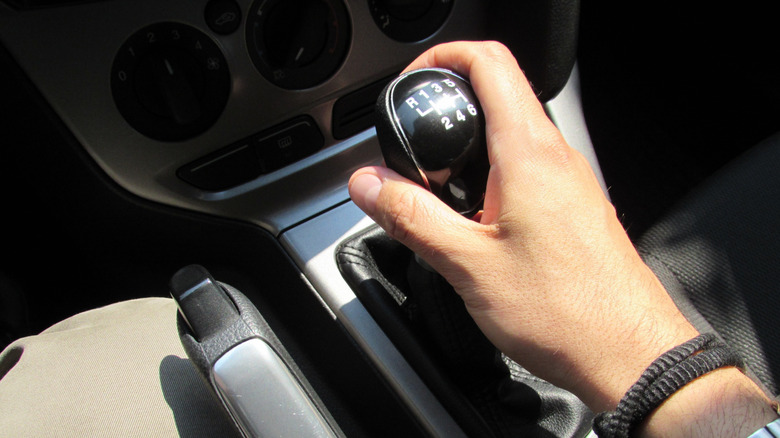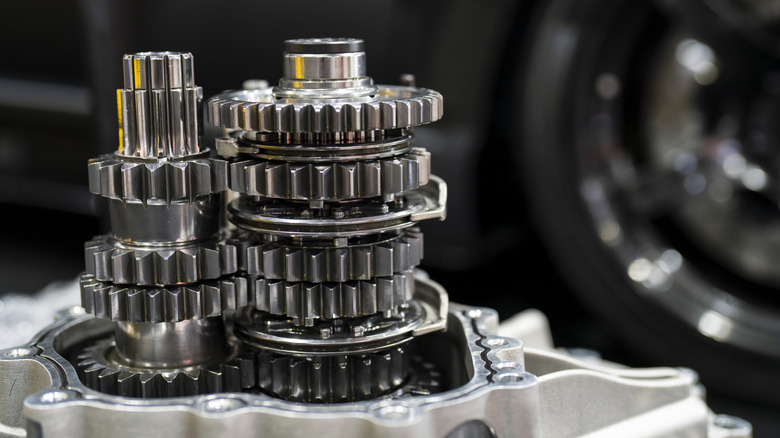This Is What Happens When You Shift Your Car Into Reverse While Driving
Shifting a car into reverse while driving seems like one of the worst things you can do to your transmission. Therefore, new vehicles equipped with automatic transmissions come with interlocking reverse inhibitor systems that electronically disable the reverse gear when moving at a faster pace. If you do push the lever into reverse, the system is likely to prevent it, and potentially engage the reverse camera or even prompt a warning on the dashboard.
The least catastrophic scenario when shifting an older automatic transmission in reverse is stalling the engine. However, if you are particularly unlucky, doing so can also completely shatter the transmission. Moreover, stalling the engine can also cause other critical systems, such as the power brakes or power steering, to fail and thus put lives in danger. Ultimately, it's simply best not to give in to that idea while driving, as your car might not survive the lesson.
Shifting a manual in reverse while driving
The way a manual transmission operates is via a synchronizer that is designed to match the speed of the selected gear with the speed of the driveshaft. Newer cars with manual transmissions come with safety mechanisms in place, and the most common ones are a reverse lockout system or an electronic solenoid. A reverse lockout prevents the car from shifting into reverse via a small physical lockout ring, while an electronic solenoid relies on the ECU to stop it. Be that as it may, most manual transmissions still rely on physical solutions that, sadly, aren't completely immune to brute force.
If one does manage to yank the lever into reverse on an older manual transmission, this poses a serious threat to the synchronizer and could even shred the transmission to pieces. This is because the synchronizer will have to match the speed of the driveshaft with a completely different speed of the selected gear. And given that manual transmissions are more difficult to operate for most drivers, beginners should focus on learning how to shift manual transmissions properly in order to minimize the chances of accidentally shifting into reverse while driving.
Dealing with an accidental reverse shift
According to technicians at Firestone Complete Auto Care, if one does manage to shift in reverse while driving, letting off the gas, shifting to neutral, staying calm, and slowly coasting to the side of the road would be the best course of action. If possible, come to a complete stop in a safe environment and put your vehicle in park with the hazards on. At this point, you want to assess whether the transmission is still able to operate normally, but do not exit the vehicle if it isn't safe to do so.
Tell-tale warning signs of a transmission going bad are weird noises, vibrations, or strange smells. If the transmission allows you to shift it without any of the aforementioned problems, it's best to take your car in for an inspection. If the transmission refuses to cooperate, don't try to force it and call for on-road assistance. Although the chances of shifting into reverse on a modern car are indeed slim, it's always better to be prepared for something that does not happen as opposed to not being prepared for something that does.


